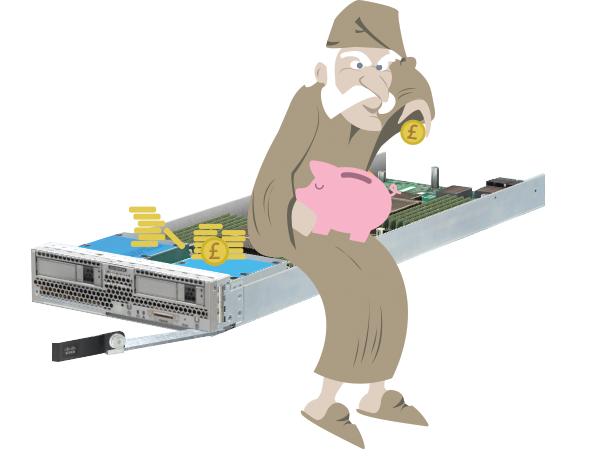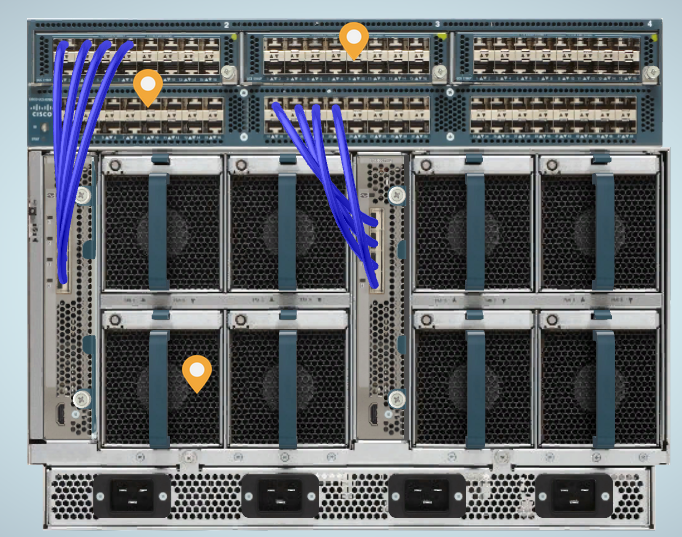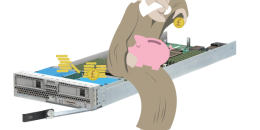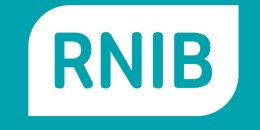How SmartStack saves you money
Part 2 – Compute and Networking
Our last post helped Mr Scrooge understand how Nimble Storage helps to reduce costs, so today we wanted to tell him how the Cisco UCS which makes up the compute element of the SmartStack, can help him save on costs too.
Powerful servers
Cisco UCS blade servers are compact and are very powerful. A typical B200 M4 half height blade server (most common in our solutions) can use 2 x Intel Xeon 18 core processors and accommodate up to 1.5TB of RAM, providing one of the densest compute solutions available on the market today.
This basically means we typically require fewer servers to serve our applications, and less hardware results is less cost.
Many applications and hypervisors today are licensed on a per processor basis, thus by reducing the number of servers needed, we reduce the number of processors used and this can help reduce software licensing and support costs also.
Finally, shrinking the server footprint in a datacentre contributes to reduced power and cooling and the costs associated with that.
Easier Management
All UCS servers can be managed from a single UCS Manager interface, which run on the provided Fabric Interconnects. To further ease administration, Cisco have designed the servers to be stateless, using Service Profiles to define the settings to be applied to blades in the infrastructure. By creating templates and creating Services Profiles from them, it helps standardise configuration across the infrastructure and reduces server configuration and provisioning time. Changes to servers can now be made quickly and easily, just by changing the service profile (or the template) and rebooting the server.
By providing a single point of management for up to 160 blade servers, and using Service Profiles to ease management of the solution, the administrative overhead of configuring and manging servers is drastically reduced.
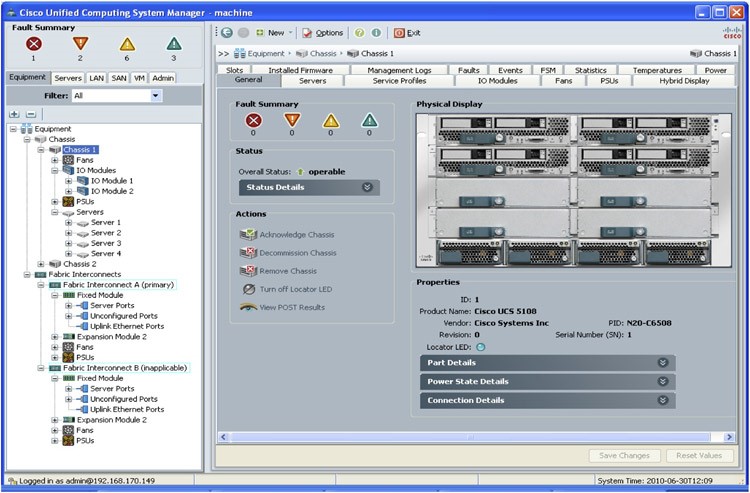
Scalability and flexibility
UCS can be scaled very easily. When all of the 8 slots in a chassis are occupied by blade servers, we can add another chassis and start populating that with additional blade servers. The new chassis and blades are automatically discovered by UCS Manager and deployment can begin immediately. Cisco Rack mount servers can also be added to the infrastructure and managed via UCS Manager, with a single interface to manage both the blade and rack mount servers. There are no limitations on what you can run on the Cisco UCS. It is not limited to only running a hypervisor like VMware or Hyper-V, we can run Windows Server or Linux operating systems directly on any of these servers also. We can have an environment that runs a mixture of different operating systems and hypervisors.
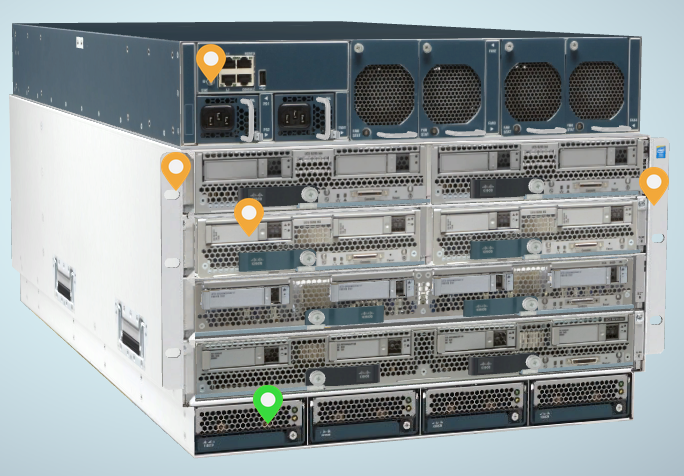
Servers can be redeployed extremely easily, to meet demand, simply by powering down and changing the Service Profile and pointing it to other OS boot drives, giving you complete flexibility in how you utilise these servers.
Unified Fabric
When considering an infrastructure based solution, we need to consider how the servers and Storage connect together. Typically this connectivity is served using Fibre Channel SAN switches, or more commonly these days, using 10gbe switches to provide high bandwidth iSCSI connectivity.
Enterprise class FC SAN and Ethernet based 10gbe switches come at a cost and in a solution where these components are mandatory, they can add complexity and significant cost to a solution.
The Cisco UCS includes Fabric Interconnects, which provide 10gbe ports for server and storage connectivity. This means the solution does not require any expensive 10gbe switches since the Nimble Storage array and the Cisco UCS Blade and/or C series rack mount servers all connect via the supplied Fabric Interconnects.
Using multiple 10gbe links from each device to the Fabric Interconnects, provides lots of bandwidth and redundancy for good iSCSI performance.
The Fabric Interconnects have uplinks to the core switches (only need 2-4 ports on the core switches), connecting the servers in the UCS to the outside world. When you want to add another UCS blade chassis, it simply connects to the Fabric Interconnects, which means we are not consuming valuable ports on your core network switches.
With SmartStack, we can add an additional 160 blades and numerous storage devices without requiring a single port on your core network ensuring the number of free ports on your core switches are not exhausted as your estate grows.
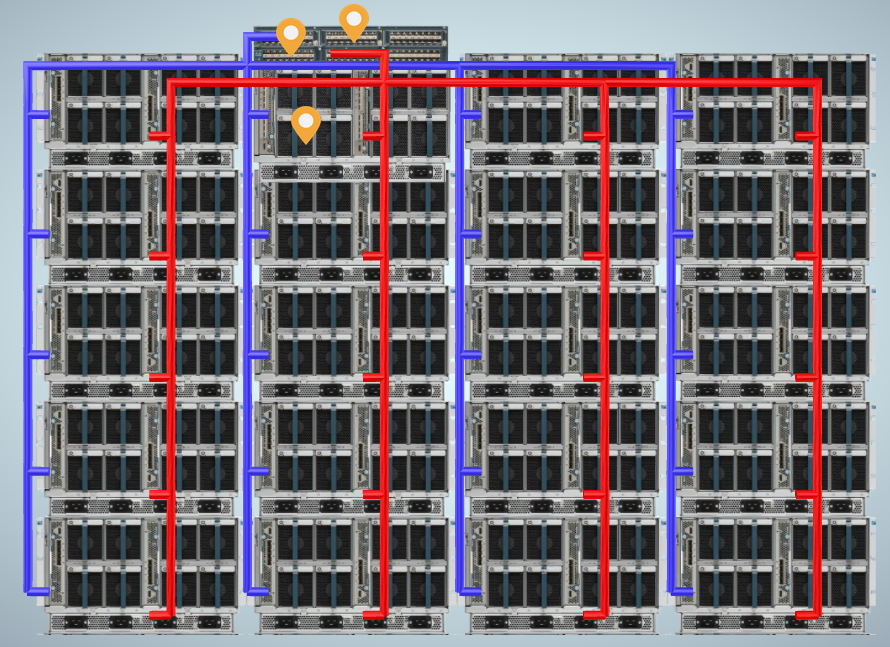
Shrinking our server requirements helps us reduce our datacentre footprint and all of the cost savings that are associated with it, with realistic reductions of 60% yet still yielding a 3x improvement in performance.



